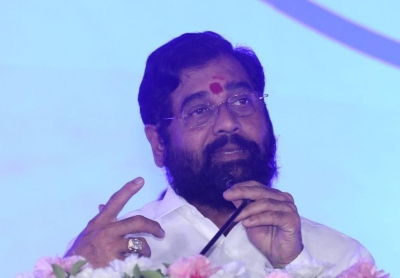
Lucknow, March 13 : Shri Ram Janmabhoomi Teerth Kshetra Trust (SRJTKT) on Wednesday said that since the opening of Ram Mandi, the pilgrim footfall has not come down.
“The temple is witnessing an average of 1 to 1.5 lakh pilgrims daily,” the Trust in a social media post said.
It said that the devotees are allowed for darshan form 6.30.a.m to 9.30.p.m.
“Devotees can enter the Shri Ram Janmabhoomi Mandir for Darshan from 6:30 AM to 9:30 PM,” the Trust said.
The trust said that the entire process from entry to exit after darshan at the temple is extremely simple and convenient.
“Typically, devotees can have a darshan of Lord Ram Lalla within 60 to 75 minutes,” it said.
The Trust said that the devotees are expected to leave their mobile phones, footwear, purses, etc., outside the temple premises for their convenience and to save time.
“Devotees should not bring flowers, garlands, prasad, etc to the Shri Ram Janmabhoomi temple,” it said.
The Trust said that to attend the Mangala Aarti at 4 a.m, Shringar Aarti at 6:15 a.m, and Shayan Aarti at 10 p.m, devotees require an entry pass.
It said that no entry passes are required for other aartis.
“Information such as the devotee’s name, age, Aadhar card, mobile number, and city is required for the entry pass. This entry pass can also be obtained from the website of the Shri Ram Janmabhoomi Teerth Kshetra Trust. The entry pass is free of charge,” the Trust said in the social media post.
The Trust has clarified that there is no arrangement for special darshan by paying fees or through any special pass at the Shri Ram Janmabhoomi Mandir.
The Trust has also warned devotees not to fall for such claims which could be fraud because the temple management has no connection to this.
“Wheelchairs are now available in the temple for the elderly and differently-abled,” the Trust said.
It said that these wheelchairs are intended solely for use within the Shri Ram Janmabhoomi Mandir premises and not for Ayodhya City or any other temple.
“There is no rental fee for the wheelchair, but a nominal fee is to be given to the young volunteer assisting with the wheelchair,” the Trust said.






